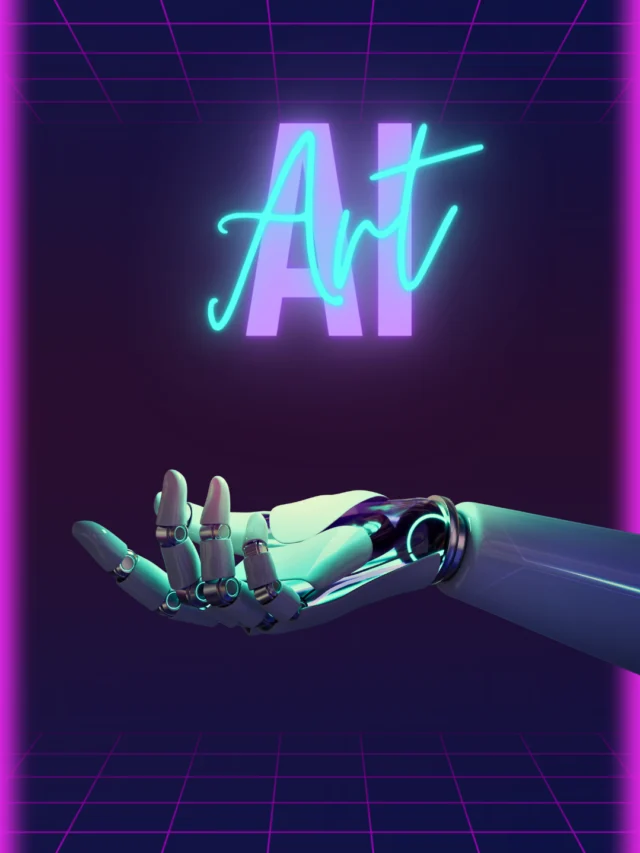Are you facing graphics-related issues in your Windows 11 computer? Problems like screen freezing, black screen, lag in gaming, or video editing can be caused by your GPU, i.e., graphics card. In such a situation, resetting the graphics card can be an easy and effective solution. In this article, we are giving detailed information on the 7 best ways to reset the graphics card in Windows 11.
1. Quickly reset the graphics driver with a shortcut key
In Windows 11, you can reset the graphics driver with a simple keyboard shortcut.
Steps:
Press Windows + Ctrl + Shift + B.
Your screen will blink once, and you will hear a beep sound.
This means that your graphics driver has been successfully reset.
This method is useful when your screen has gone black or the game or graphical app has frozen.
2. Reinstall the graphics driver from Device Manager
You can uninstall and reinstall your GPU driver from Device Manager.
Steps:
1. Type and open “Device Manager” in the Start menu.
2. Click Display Adapters and right-click on your GPU (such as NVIDIA, AMD, or Intel).
3. Select “Uninstall device” and confirm.
4. Restart the system, and Windows will automatically reinstall the graphics driver.
This method is especially useful for those with corrupt or outdated drivers.
3. Update the graphics driver (both through Windows Update and manually)
Outdated drivers can also cause graphics problems, so it is very important to update them.
A. From Windows Update
1. Go to Settings > Windows Update > Check for Updates.
2. If a new driver is available, it will be downloaded.
B. Download manually from the website
Visit the official website of NVIDIA, AMD, or Intel and download the latest driver according to your GPU.
Run the installer and follow the instructions.
4. Reset graphics settings from Windows 11 Settings
In Windows 11, you can reset graphics settings at the application level.
Steps:
1. Go to Settings > System > Display > Graphics.
2. There, you can see the graphics preferences for each application.
3. Click on any app and click “Remove” to revert to the default settings.
This method is especially useful for gamers who manually assign GPUs to a particular app.
5. Reset graphics settings to default from BIOS/UEFI
If you are using a desktop or laptop that has both integrated and dedicated GPUs, GPU settings can also be reset from the BIOS.
Steps:
1. Restart the system and press Delete or F2 (depending on your system) to enter BIOS.
2. Go to Advanced Settings > Integrated Graphics or Primary Display section.
3. Set to “Auto” or “Default“.
4. Save and exit.
Be cautious when making changes to the BIOS; incorrect settings may cause other problems.
6. Use System Restore (Restore Point)
If graphics problems started after a recent update or software install, System Restore may be a good option.
Steps:
1. Search and open “Create a restore point” in Start.
2. Go to the System Protection tab and click “System Restore”.
3. Choose a restore point that is of a date when your system was working properly.
4. Follow the instructions and restore the system.
7. Clean the graphics driver in Safe Mode
Safe Mode is a special mode where the system runs with only the essential files and drivers. In this, you can remove the driver cleanly using Display Driver Uninstaller (DDU).
Steps:
1. Click on Start > Settings > Recovery > Advanced Startup > Restart Now.
2. Click on Troubleshoot > Advanced options > Startup Settings > Restart.
3. Go to Safe Mode by pressing F4.
4. Download and run [Display Driver Uninstaller (DDU)](https://www.guru3d.com/files-details/display-driver-uninstaller-download.html).
5. Remove the driver using the “Clean and Restart” option.
After this, you can install the fresh driver and restart the system.
Additional Tips: What to do to avoid GPU-related problems
Keep updating the driver from time to time.
Avoid using third-party GPU tools (like MSI Afterburner) if you are not experienced.
Keep the GPU clean and replace thermal paste regularly to prevent excessive heating.
Take care of system ventilation while gaming or doing graphically demanding tasks.
Conclusion:
There are many ways to fix graphics card-related issues in Windows 11. By following the above 7 methods, you can successfully reset your GPU and improve system performance. If the problem persists, contact a technical expert or get the GPU checked.
Want to grow your website organically? Contact us now
Frequently Asked Questions (FAQ) – About resetting the graphics card in Windows 11
Question 1: Is it safe to reset the graphics card?
Answer:
Yes, resetting the graphics card is completely safe. It is a common procedure used when graphical issues like screen blinking, lag, or a black screen occur. It does not cause any damage to the hardware.
Question 2: Does Windows + Ctrl + Shift + B reset the GPU?
Answer:
Yes, a built-in Windows shortcut resets the GPU driver instantly. It comes in handy, especially when your screen freezes or goes black.
Question 3: Do I need to change graphics settings from the BIOS?
Answer:
If your system supports dual GPUs (both integrated and dedicated) and you are having trouble with automatic GPU switching, it may be helpful to go into the BIOS and set it to Default or Auto mode.
Question 4: Will uninstalling the graphics driver turn off my screen?
Answer:
No, Windows activates the default basic graphics driver so that the screen continues to work. However, some resolutions and visual effects may be limited until you install a new driver.
Question 5: When should I use Display Driver Uninstaller (DDU)?
Answer:
When your graphics driver has corruption or is crashing frequently, it is best to use DDU in Safe Mode. This completely removes the driver from the system so that you can perform a fresh installation.
Question 6: What to do if the problem persists even after the driver update?
Answer:
In such a situation, System Restore, BIOS Reset, or GPU hardware check may be necessary. If the graphics card is physically damaged, then replacing it may be the last option.
Question 7: Are drivers provided by Windows Update sufficient or is manual download better?
Answer:
Drivers provided by Windows Update are usually stable, but manually updated drivers are more useful for the latest features and gaming performance. Manual installation gives better results, especially for NVIDIA and AMD users.












